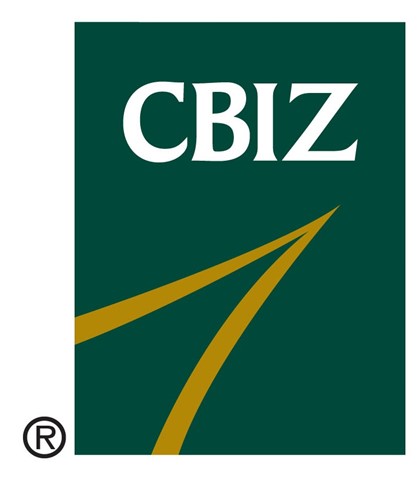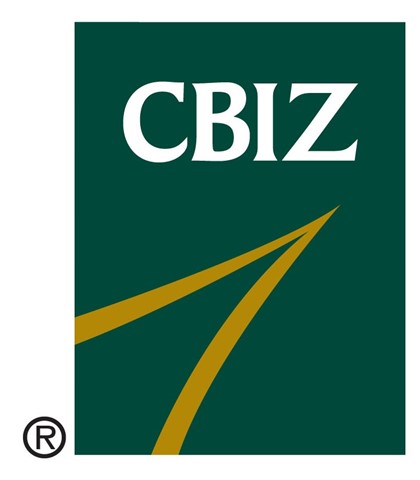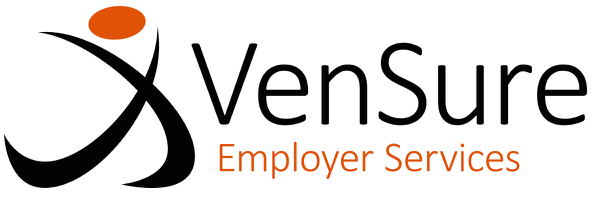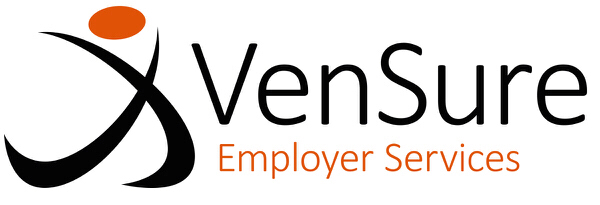Information
-
Audit Title
-
Client / Site
-
Document No.
-
Conducted on
-
Prepared by
-
Location
-
Personnel
Machine
-
Machine Information
-
Machine Make
-
Machine Model
-
Machine Number
-
Photo of Machine
-
Photo of Possible Point of Operation Areas
-
Type of Guarding
- Adjustable Barrier Guards
- Fixed Barrier Guards
- Foot Pedal Control
- Interlock Barrier Guards
- Light Curtain
- Pressure Sensing
- Restraint/PullBacks
- Self Adjusting Guards
- Two Hand Control
Requirements for All Safeguards
-
Do the safeguards provided meet the minimum OSHA requirements?
-
Do the safeguards prevent workers’ hands, arms, and other body parts from making contact with dangerous moving parts?
-
Are the safeguards firmly secured and not easily removable?
-
Do the safeguards ensure that no objects will fall into the moving parts?
-
Do the safeguards permit safe, comfortable, and relatively easy operation?
-
Can the machine be oiled without removing the safeguard?
-
Is there a system for shutting down the machinery before safeguards are removed?
-
Can the existing safeguards be improved?
Mechanical Hazards (The point of operation)
-
Is there a point-of-operation safeguard provided for the machine?
-
Does it keep the operator’s hands, fingers, body out of the danger area?
-
Is there evidence that the safeguards have been tampered with or<br>removed?
-
Could you suggest a more practical, effective safeguard?
-
Could changes be made on the machine to eliminate the point-of-operation<br>hazard entirely?
-
Is adequate safety distance being used as a primary control for the<br>operator?
Mechanical Hazards (Power Transmission Apparatus)
-
Are there any unguarded gears, sprockets, pulleys, or flywheels on the<br>equipment?
-
Are there any exposed belts or chain drives?
-
Are there any exposed set screws, key ways, collars, etc.?
-
Are starting and stopping controls within easy reach of the operator?
-
If there is more than one operator, are separate controls provided?
Mechanical Hazards (Other Moving Parts)
-
Are safeguards provided for all hazardous moving parts of the machine<br>including auxiliary parts?
Non-Mechanical Hazards
-
Have appropriate measures been taken to safeguard workers against noise hazards?
-
Have special guards, enclosures, or personal protective equipment been provided, where necessary, to protect workers from exposure to harmful substances used in machine operation?
Electric Hazards
-
Is the machine installed in accordance with National Fire Protection Association (NFPA) and National Electrical Code (NEC) requirements?
-
Are there loose conduit fittings?
-
Is the machine properly grounded?
-
Is the power supply correctly fused and protected?
-
Do workers occasionally receive minor shocks while operating any machine?
Training
-
Do operators and maintenance workers have the necessary training in how and why to use the safeguards?
-
Have operators and maintenance workers been trained in where the safeguards are located, how they provide protection, and what hazards they protect against?
-
Have operators and maintenance workers been trained in how and under what circumstances guards can be removed?
-
Have workers been trained in the procedures to follow if they notice guards that are damaged, missing, or inadequate?
Protective Equipment and Proper Clothing
-
Required Personal Protective Equipment
- Anchor Points
- Apron (Impermeable)
- Arch Flash FRC
- Back Brace
- Beard/Mustache Hair Net
- Body Harnes
- Cut Resistance Gloves
- Decelaration Device
- Dust Mask
- Face Shield
- Food Safety Lab Coat
- FRC (Flame Retardent Clothing)
- Goggles
- Hair Net
- Hard Hat
- Hearing Protection
- High Visibility Reflective Vest
- Impermeable Gloves
- Lab Coat
- Lanyard
- Neoprene Gloves
- Nitrile Rubber Gloves
- Respirator
- Safety Glasses
- Steel Toe Shoes/Boots
- Slip Resistance Shoes
- Water Proof Boots
- Welding Hood
- Welding Gloves
-
Is personal protective equipment required?
-
If protective equipment is required, is it appropriate for the job, in good condition, kept clean and sanitary, and stored carefully when not in use?
-
Is the operator dressed safely for the job (i.e., no loose-fitting clothing or jewelry)?
Machinery Maintenance and Repair
-
Have maintenance workers received up-to-date instruction on the machines they service?
-
Do maintenance workers lock out the machine from its power sources before beginning repairs?
-
Where several maintenance persons work on the same machine, are multiple lockout devices used?
-
Do maintenance persons use appropriate and safe equipment in their repair work?
-
Is the maintenance equipment itself properly guarded?
-
Are maintenance and servicing workers trained in the requirements of 29 CFR 1910.147, lockout/tagout hazard, and do the procedures for lockout/tagout exist before they attempt their tasks?
Additional Hazards/Concerns or Safe Behaviors
-
Hazard/Concern or Safe Behavior
-
Hazard/Concern or Safe Behavior:
Sign Off
-
Marsh & McLennan Loss Control Representative's Signature:















